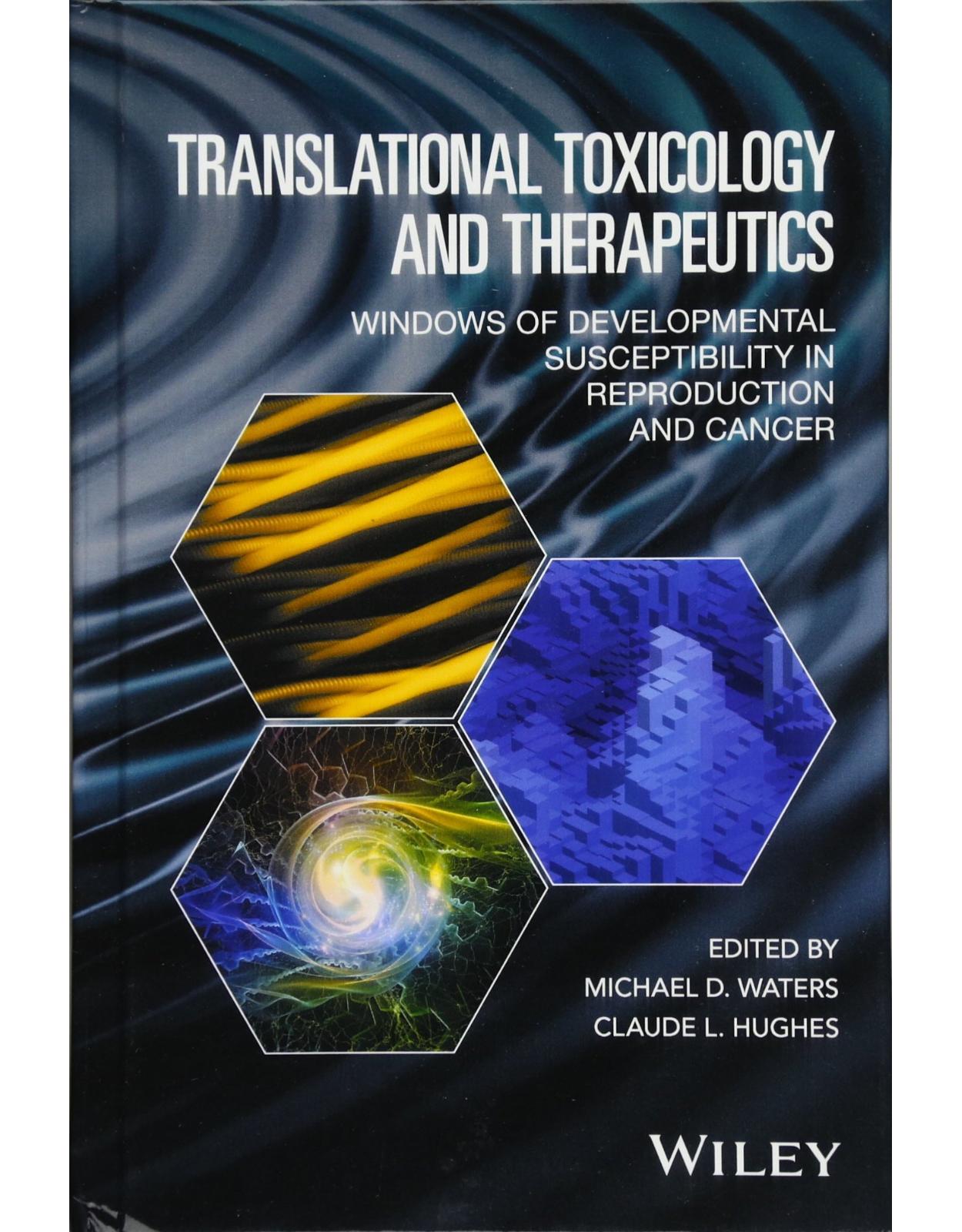
Translational Toxicology and Therapeutics
Livrare gratis la comenzi peste 500 RON. Pentru celelalte comenzi livrarea este 20 RON.
Disponibilitate: La comanda in aproximativ 4 saptamani
Editura: Wiley
Limba: Engleza
Nr. pagini: 784
Coperta: Hardcover
Dimensiuni: 16 x 3.81 x 23.11 cm
An aparitie: 2018
Description:
Written by leading research scientists, this book integrates current knowledge of toxicology and human health through coverage of environmental toxicants, genetic / epigenetic mechanisms, and carcinogenicity.
Provides information on lifestyle choices that can reduce cancer risk
Offers a systematic approach to identify mutagenic, developmental and reproductive toxicants
Helps readers develop new animal models and tests to assess toxic impacts of mutation and cancer on human health
Explains specific cellular and molecular targets of known toxicants operating through genetic and epigenetic mechanisms
Table of contents:
Part One: Introduction: The Case for Concern about Mutation and Cancer Susceptibility during Critical Windows of Development and the Opportunity to Translate Toxicology into a Therapeutic Discipline
Chapter 1: What Stressors Cause Cancer and When?
1.1 Introduction
1.2 What Stressors Cause Cancer and When?
1.3 Relevance of Circulating Cancer Markers
1.4 Potential Cancer Translational Toxicology Therapies
1.5 Modeling and the Future
References
Chapter 2: What Mutagenic Events Contribute to Human Cancer and Genetic Disease?
2.1 Introduction
2.2 Genetic Damage from Environmental Agents
2.3 Testing for Mutagenicity and Carcinogenicity
2.4 Predictive Toxicogenomics for Carcinogenicity
2.5 Germ Line Mutagenicity and Screening Tests
2.6 Reproductive Toxicology Assays in the Assessment of Heritable Effects
2.7 Assays in Need of Further Development or Validation
2.8 New Technologies
2.9 Endpoints Most Relevant to Human Genetic Risk
2.10 Worldwide Regulatory Requirements for Germ Cell Testing
2.11 Conclusion
Acknowledgments
References
Chapter 3: Developmental Origins of Cancer
3.1 Introduction
3.2 Current Trends in Childhood Cancer
3.3 Potential Mechanisms of Prenatal Cancer Induction
3.4 Ontogeny of Xenobiotic Metabolizing Enzymes and DNA Repair Systems
3.5 The Developmental Origins of Health and Disease (DOHaD) Theory
3.6 Epigenetic Regulation during Development
3.7 Mechanisms of Cancer in Offspring from Paternal Exposures
3.8 Parental Exposures Associated with Cancer in Offspring
3.9 Models for the Developmental Origins of Selected Cancers
3.10 Public Health Agencies' Views on Prenatal Exposures and Cancer Risk
3.11 Conclusions
Acknowledgment
References
Chapter 4: The Mechanistic Basis of Cancer Prevention
4.1 Introduction
4.2 A Mechanistic Approach
4.3 Preventing Cancer Attributable to Known Carcinogens
4.4 Prevention Involving Complex Risk Factors
4.5 Prevention Independent of Causative Agents or Risk Factors
4.6 Conclusion
References
Part Two: Exposures that Could Alter the Risk of Cancer Occurrence, and Impact Its Indolent or Aggressive Behavior and Progression Over Time
Chapter 5: Diet Factors in Cancer Risk
5.1 Introduction
5.2 Obesity
5.3 Macronutrients
5.4 Micronutrients
5.5 Phytochemicals
5.6 Conclusions
References
Chapter 6: Voluntary Exposures: Natural Herbals, Supplements, and Substances of Abuse – What Evidence Distinguishes Therapeutic from Adverse Responses?
6.1 Introduction
6.2 Summary and Conclusions
References
Chapter 7: Voluntary Exposures: Pharmaceutical Chemicals in Prescription and Over-the-Counter Drugs – Passing the Testing Gauntlet
7.1 Introduction
7.2 Testing of New Drug Entities for Genotoxicity
7.3 Relationship between Genotoxicity Testing and Rodent Carcinogenicity
7.4 Can Drug-Induced Human Cancer Be Predicted?
7.5 What Can Rodent Carcinogenicity Tell Us about Human Cancer Risk?
7.6 Genotoxicity Prediction Using “Traditional” In Silico Approaches
7.7 Covalent versus Noncovalent DNA Interaction
7.8 Use of New Technologies to Predict Toxicity and Cancer Risk: High-Throughput Methods
7.9 Transcriptomics
7.10 Single-Nucleotide Polymorphisms (SNPs)
7.11 Conclusions
Appendix A
References
Chapter 8: Children's and Adult Involuntary and Occupational Exposures and Cancer
8.1 Introduction
8.2 Occupational Exposures and Cancer
8.3 Environmental Exposures and Cancer
8.4 Conclusions and Future Perspectives
References
Part Three: Gene–Environment Interactions
Chapter 9: Ethnicity, Geographic Location, and Cancer
9.1 Introduction
9.2 Classification of Cancer
9.3 Ethnicity and Cancer
9.4 Geographic Location and Cancer
9.5 Ethnicity, Geographic Location, and Lung Cancer
9.6 Common Cancers in China
9.7 Cancer Risk Factors and Prevention
References
Chapter 10: Dietary/Supplemental Interventions and Personal Dietary Preferences for Cancer: Translational Toxicology Therapeutic Portfolio for Cancer Risk Reduction
10.1 Introduction
10.2 Gene Expression and Epigenetics
10.3 Environmental Lifestyle Factors Affecting Cancer Prevention and Risk
10.4 Dietary Patterns
10.5 Complementary and Integrative Oncology Interventions/Restorative Therapeutics
10.6 Special and Alternative Diets
10.7 Popular Anticancer Diets
10.8 Conclusion
Acknowledgment
References
Chapter 11: Social Determinants of Health and the Environmental Exposures: A Promising Partnership
11.1 Introduction
11.2 Social Determinants of Health
11.3 Conclusions: Social Determinants of Health and Windows of Susceptibility
Acknowledgments
References
Part Four: Categorical and Pleiotropic Nonmutagenic Modes of Action of Toxicants: Causality
Chapter 12: Bisphenol A and Nongenotoxic Drivers of Cancer
12.1 Introduction
12.2 Dosing
12.3 Receptor-mediated Signaling
12.4 Epigenetic Reprogramming
12.5 Oxidative Stress
12.6 Inflammation and Immune Response
12.7 BPA-Induced Carcinogenesis
12.8 Fresh Opportunities in BPA Research
References
Chapter 13: Toxicoepigenetics and Effects on Life Course Disease Susceptibility
13.1 Introduction to the Field of Toxicoepigenetics
13.2 Exposures that Influence the Epigenome
13.3 Intergenerational Exposures and Epigenetic Effects
13.4 Special Considerations and Future Directions for the Field of Toxicoepigenetics
13.5 Future Directions
13.6 Conclusions
Acknowledgments
References
Chapter 14: Tumor-Promoting/Associated Inflammation and the Microenvironment: A State of the Science and New Horizons
14.1 Introduction
14.2 The Immune System
14.3 Prioritized Chemicals
14.4 Experimental Models of Carcinogenesis through Inflammation and Immune System Deregulation
14.5 Antioxidants and Translational Opportunities
14.6 Tumor Control of the Microenvironment
Acknowledgments
References
Chapter 15: Metabolic Dysregulation in Environmental Carcinogenesis and Toxicology
15.1 Introduction
15.2 Metabolic Reprogramming and Dysregulation in Cancer
15.3 Moonlighting Functions
15.4 Cancer Metabolism in Context
15.5 Dual Roles for Metabolism in Both the Generation and Mitigation of Cellular Stress
15.6 Models of Carcinogenesis
15.7 Potential Metabolic Targets for Environmental Exposures
15.8 Metabolic Changes Associated with Exposures to Selected Agents
15.9 A Conceptual Overview of Traditional and Emerging Toxicological Approaches to the Problem of Cancer Metabolism: Implications for Future Research
15.10 The Nosology of Cancer and Cancer Development
15.11 Discussion
Acknowledgments
References
Part Five: Biomarkers for Detecting Premalignant Effects and Responses to Protective Therapies during Critical Windows of Development
Chapter 16: Circulating Molecular and Cellular Biomarkers in Cancer
16.1 Introduction
16.2 Proteins in Body Fluids: Potential Biomarkers
16.3 Circulating Cell-Free Nucleic Acids
16.4 Extracellular Vesicles: General Features
16.5 Circulating Tumor Cells
16.6 Conclusions
References
Chapter 17: Global Profiling Platforms and Data Integration to Inform Systems Biology and Translational Toxicology
17.1 Introduction
17.2 Global Omics Profiling Platforms
17.3 High-Throughput Bioactivity Profiling
17.4 Biomarkers
17.5 Exposomics
17.6 Bioinformatics to Support and Data Integration and Multiomics Efforts
17.7 Data Integration: Multiomics and High-Dimensional Biology Efforts
17.8 Conclusion
References
Chapter 18: Developing a Translational Toxicology Therapeutic Portfolio for Cancer Risk Reduction
18.1 Introduction
18.2 The Identification of Novel Predictors of Adverse Events
18.3 Proof of Principle Toxgnostics
18.4 Proposed Protocol
18.5 Fiscal Matters
18.6 The Future of Toxgnostics
References
Chapter 19: Ethical Considerations in Developing Strategies for Protecting Fetuses, Neonates, Children, and Adolescents from Exposures to Hazardous Environmental Agents
19.1 Introduction
19.2 What Is Ethics?
19.3 Ethical Considerations for Strategies Used to Protect Fetuses, Neonates, Children, and Adolescents from Exposures to Harmful Environmental Agents
19.4 Research with Human Participants
19.5 Conclusion
References
Index
End User License Agreement
| An aparitie | 2018 |
| Autor | Michael D. Waters, Claude L. Hughes Jr. |
| Dimensiuni | 16 x 3.81 x 23.11 cm |
| Editura | Wiley |
| Format | Hardcover |
| ISBN | 9781119023609 |
| Limba | Engleza |
| Nr pag | 784 |

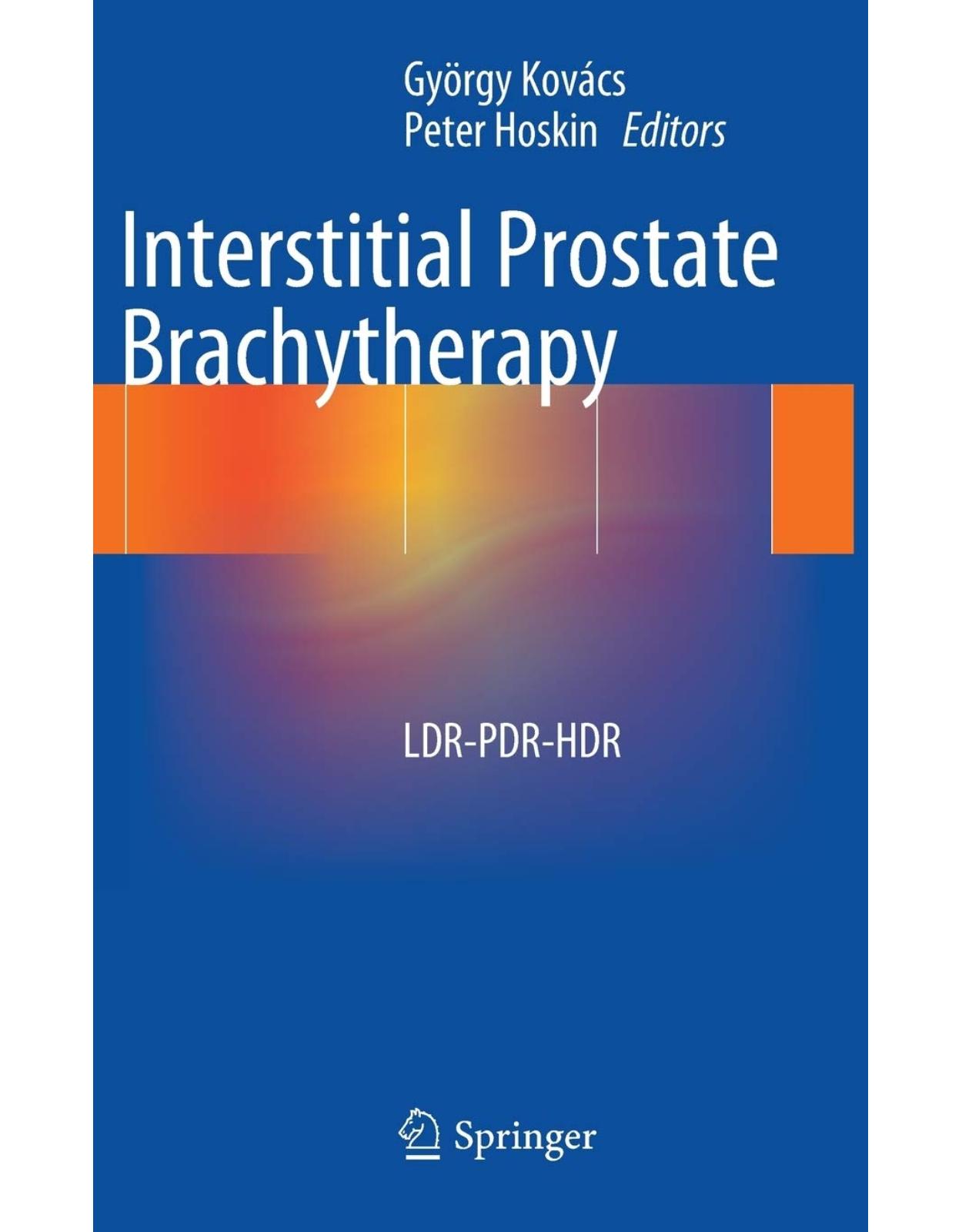
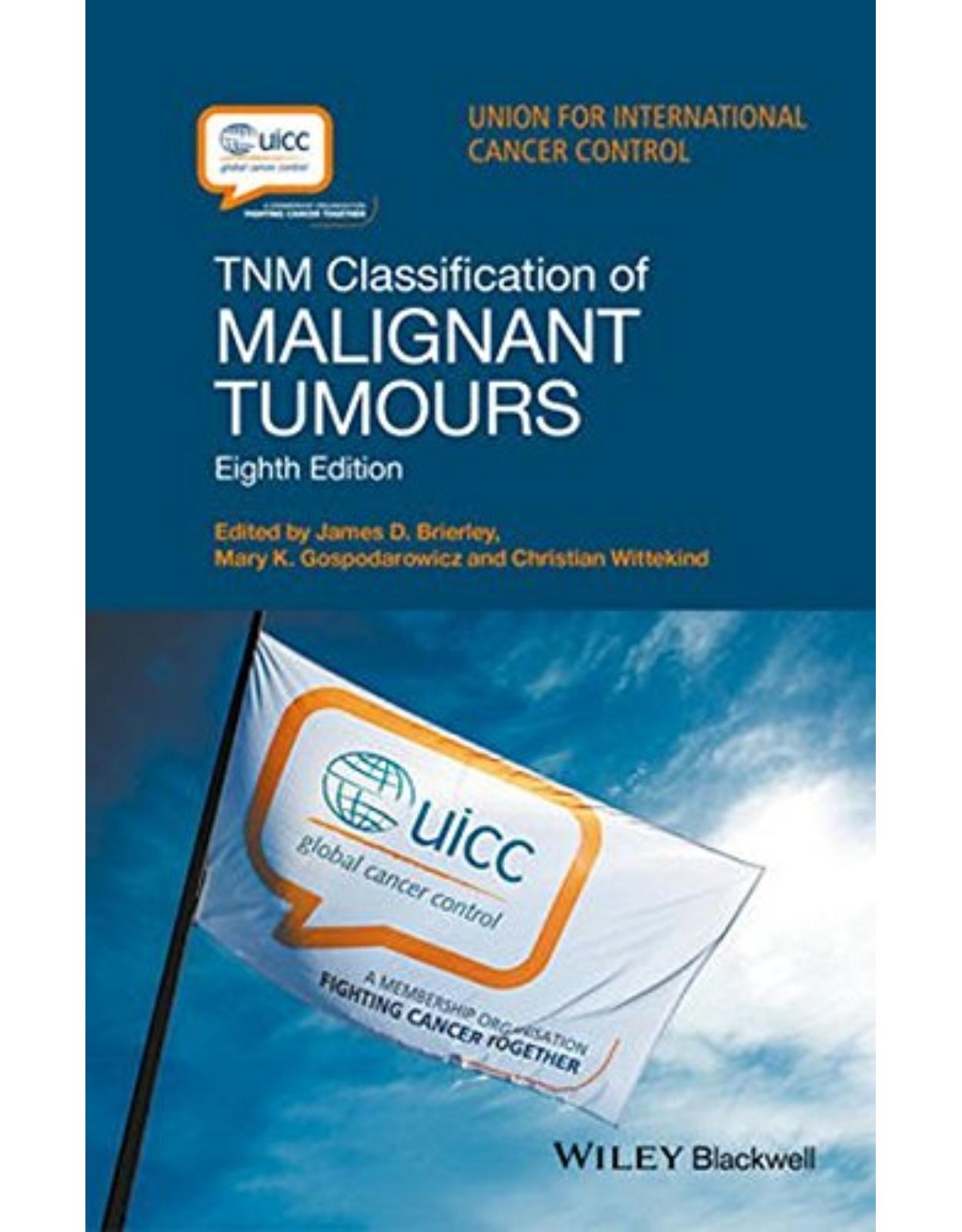
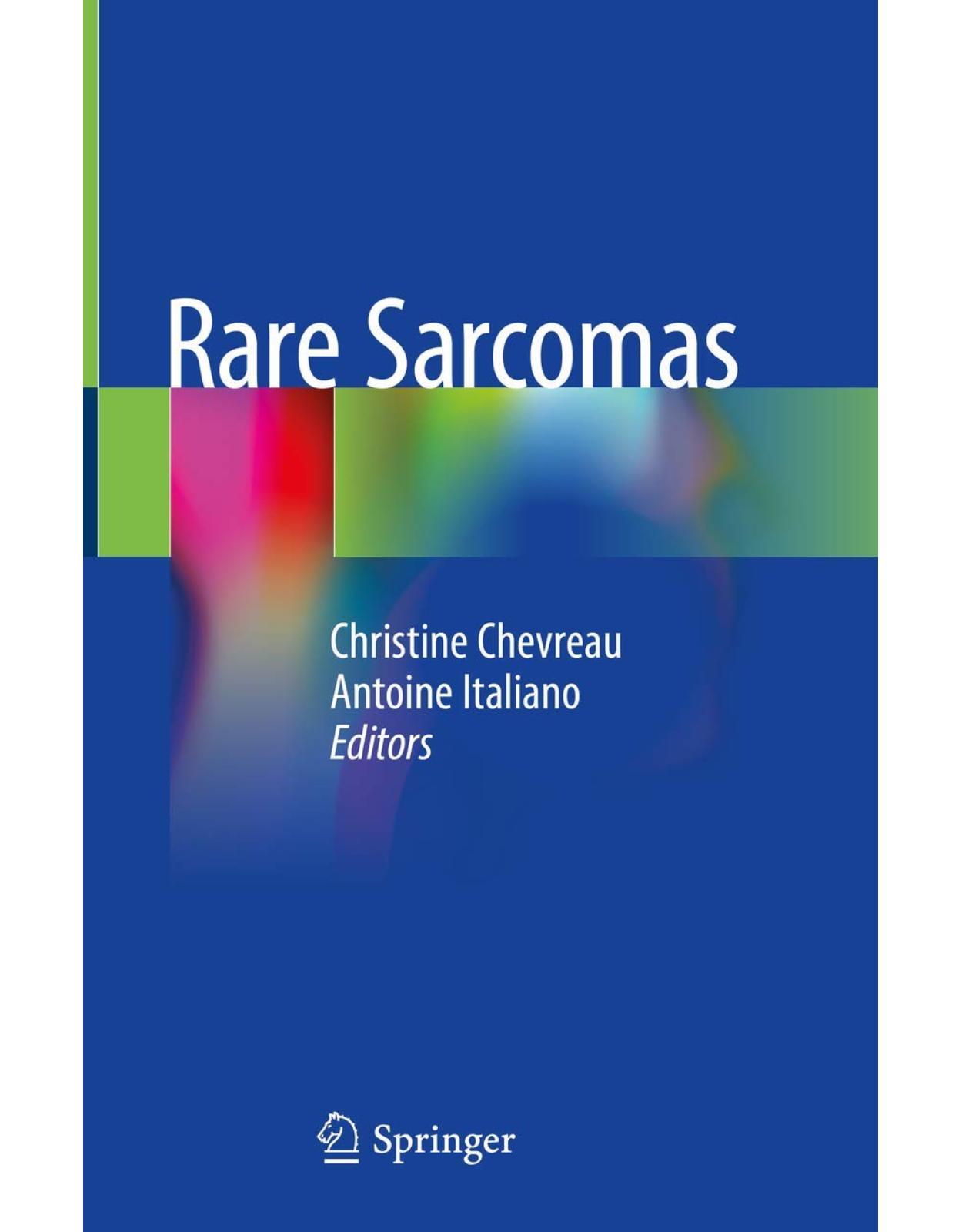
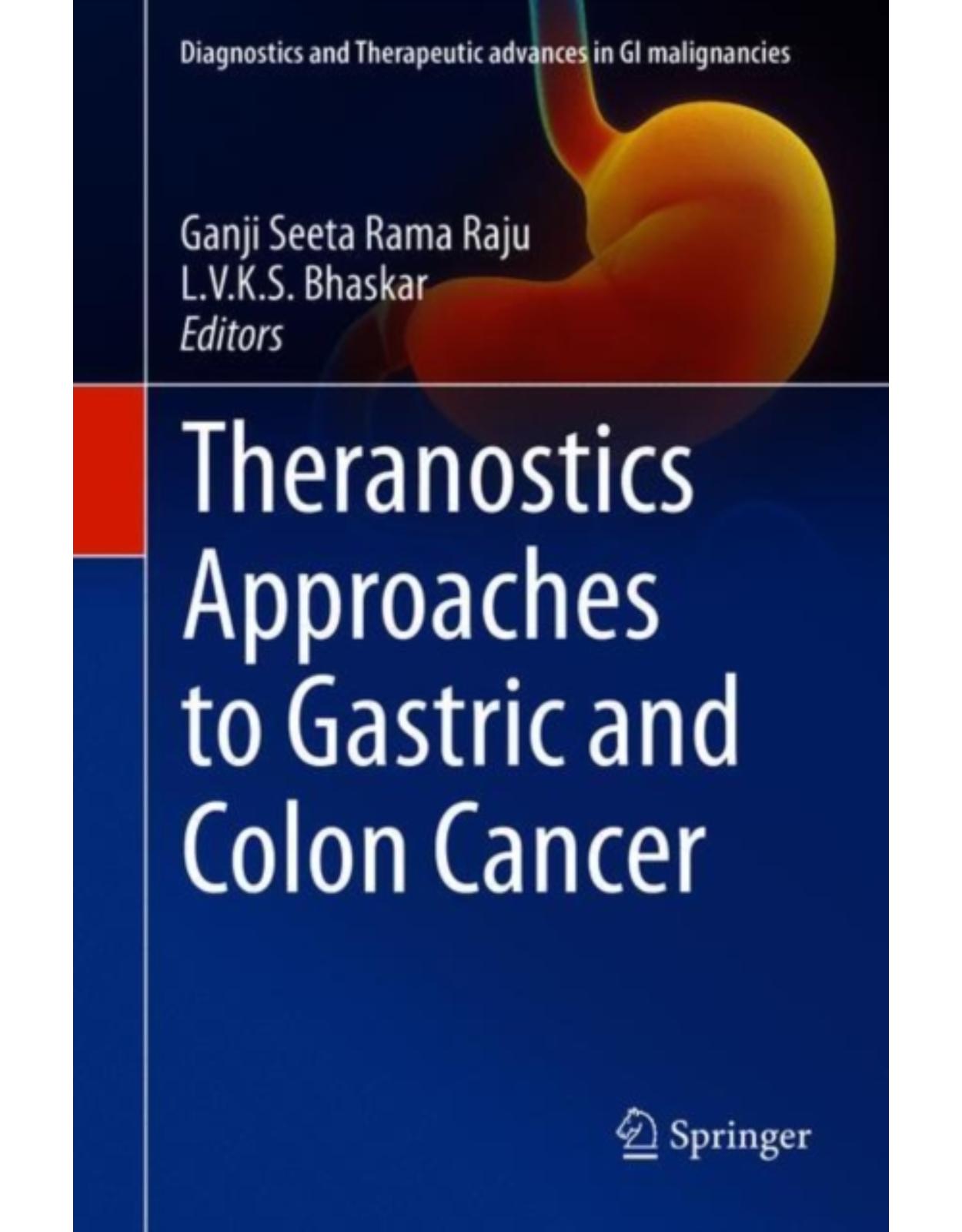
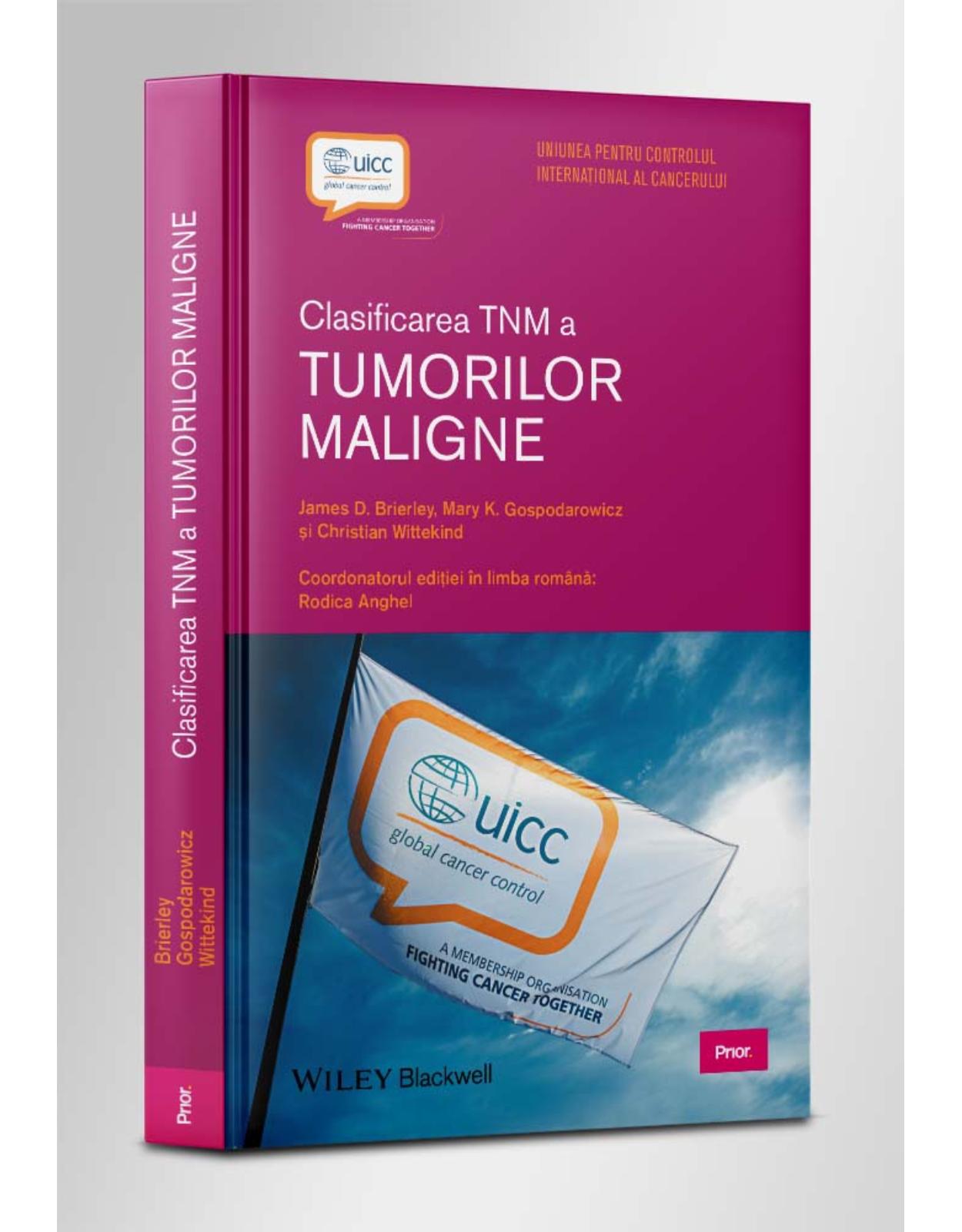
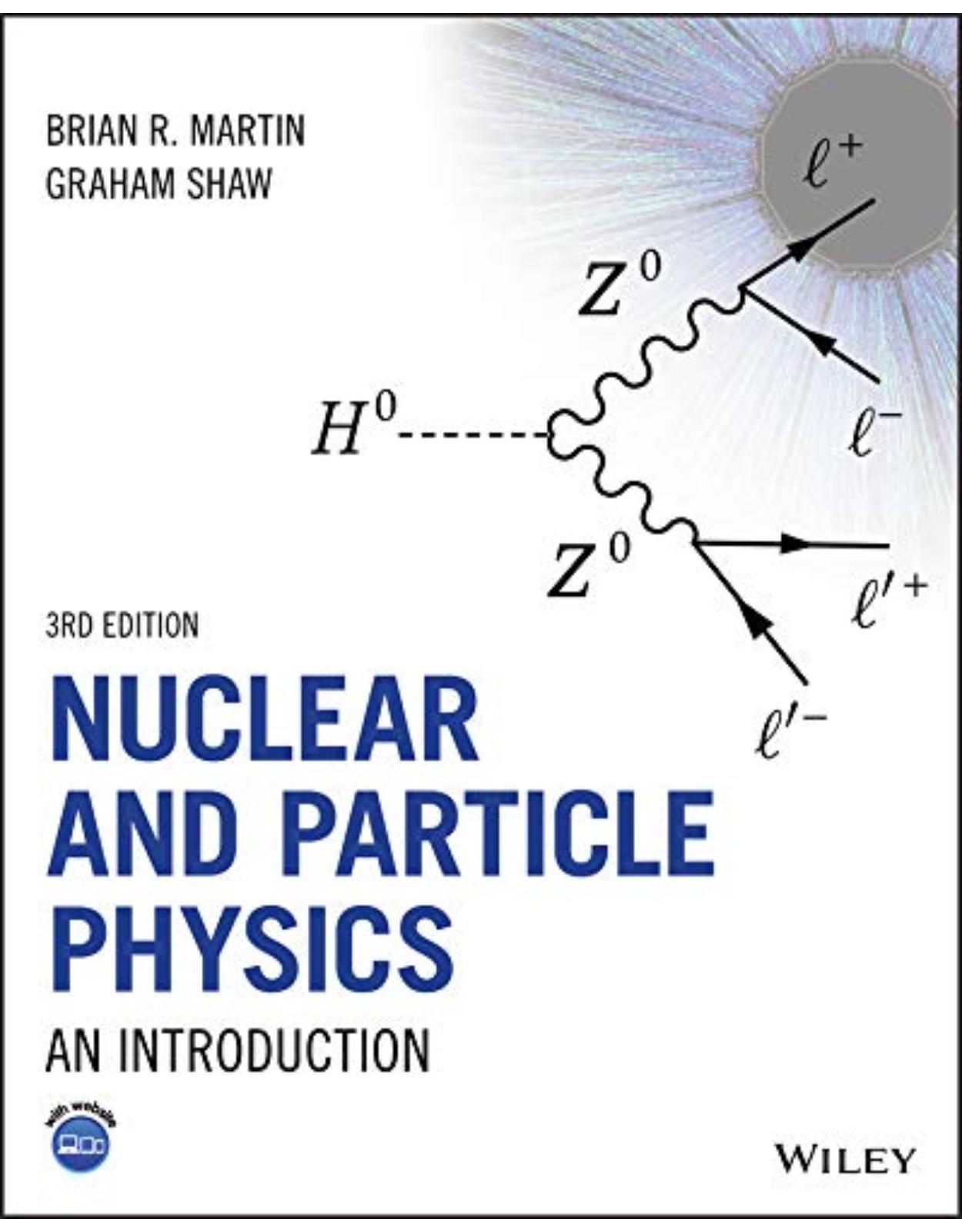
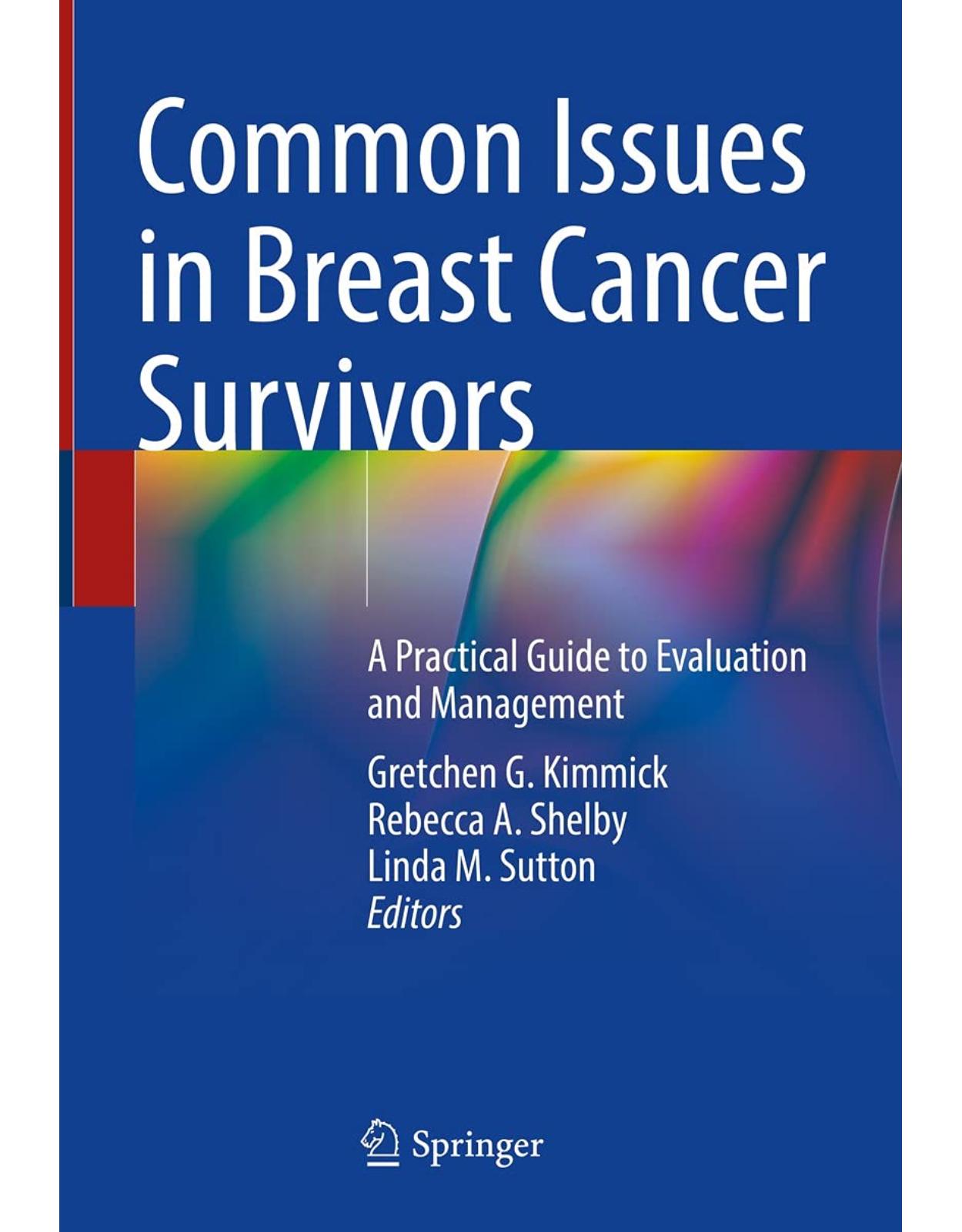
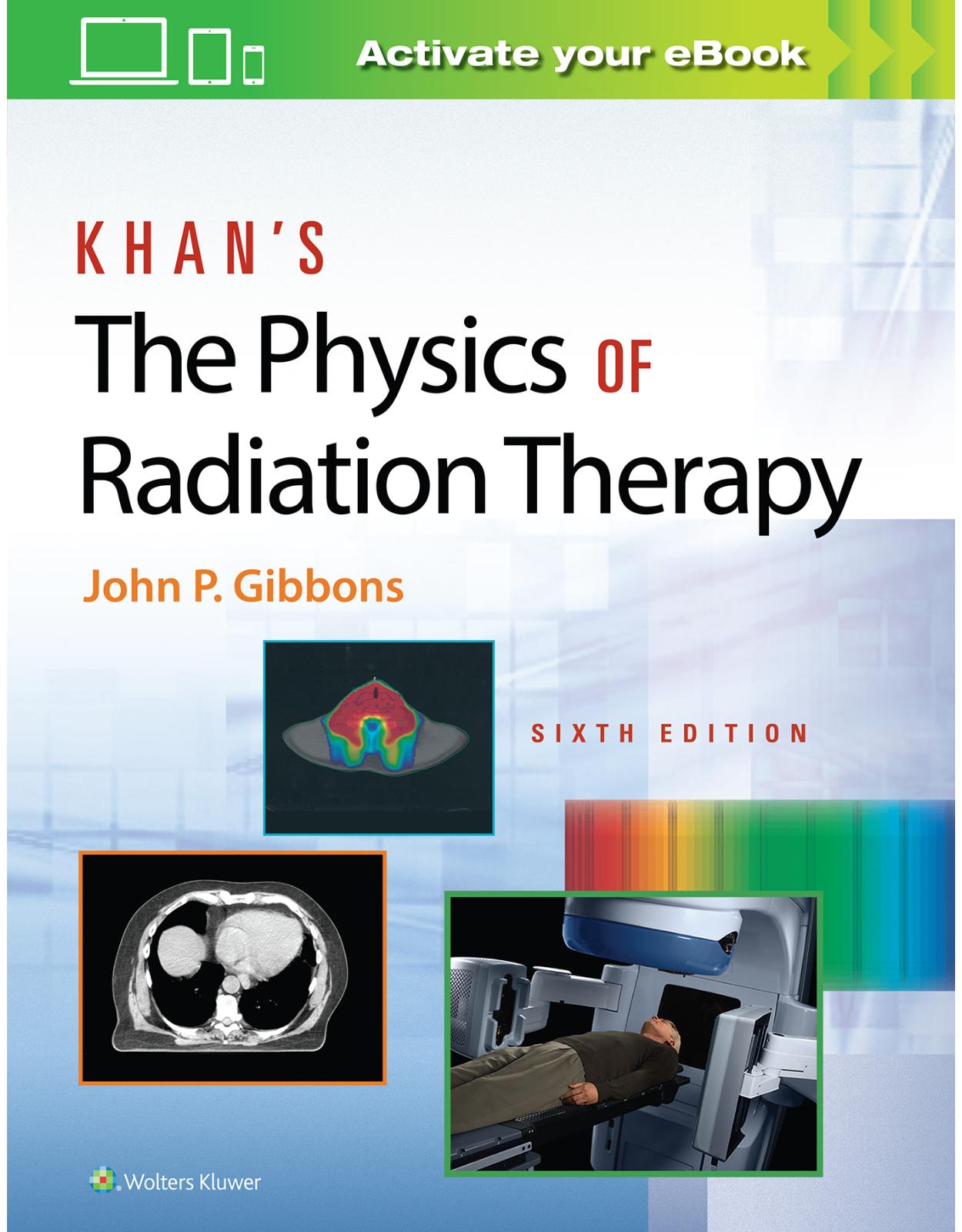
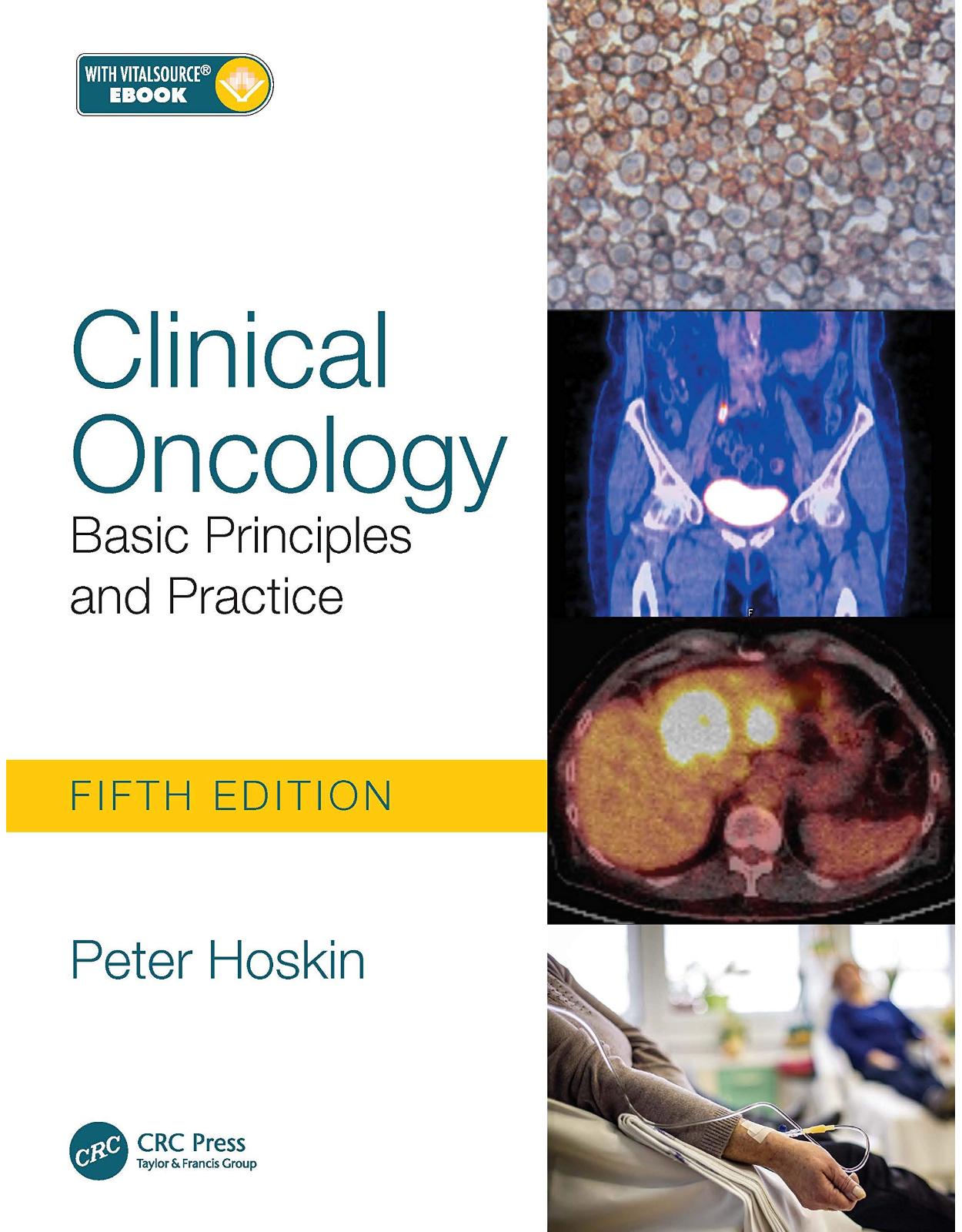
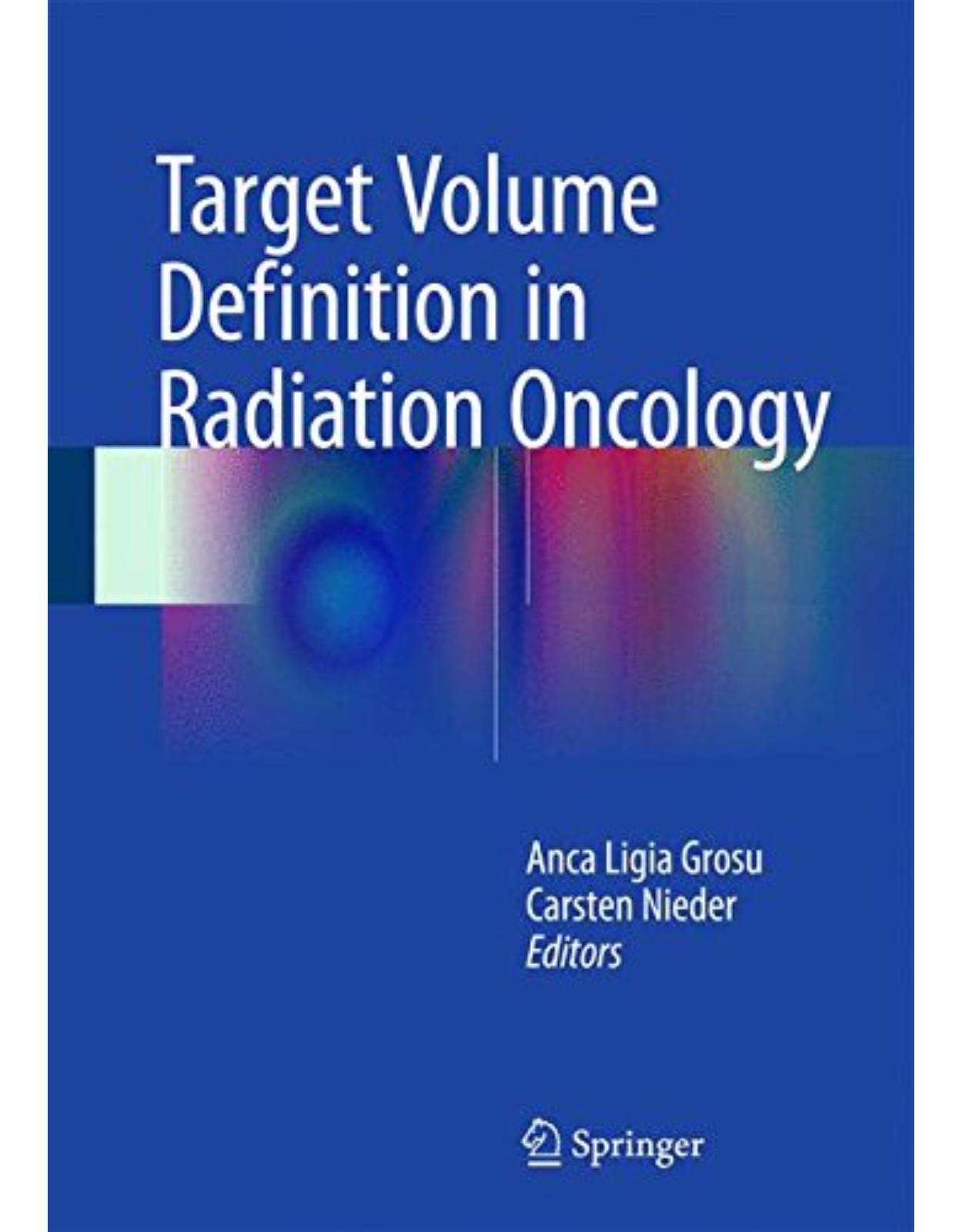
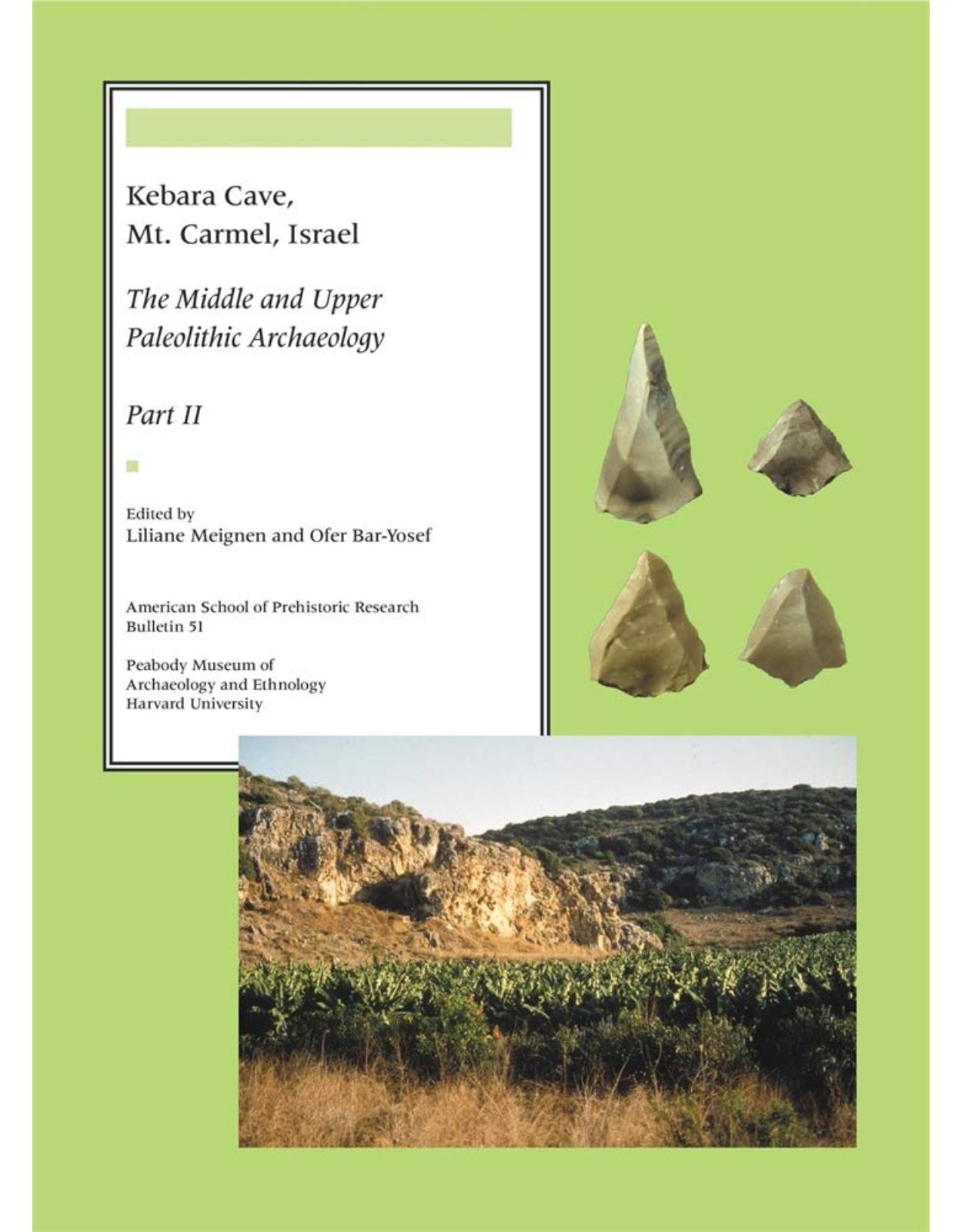




Clientii ebookshop.ro nu au adaugat inca opinii pentru acest produs. Fii primul care adauga o parere, folosind formularul de mai jos.